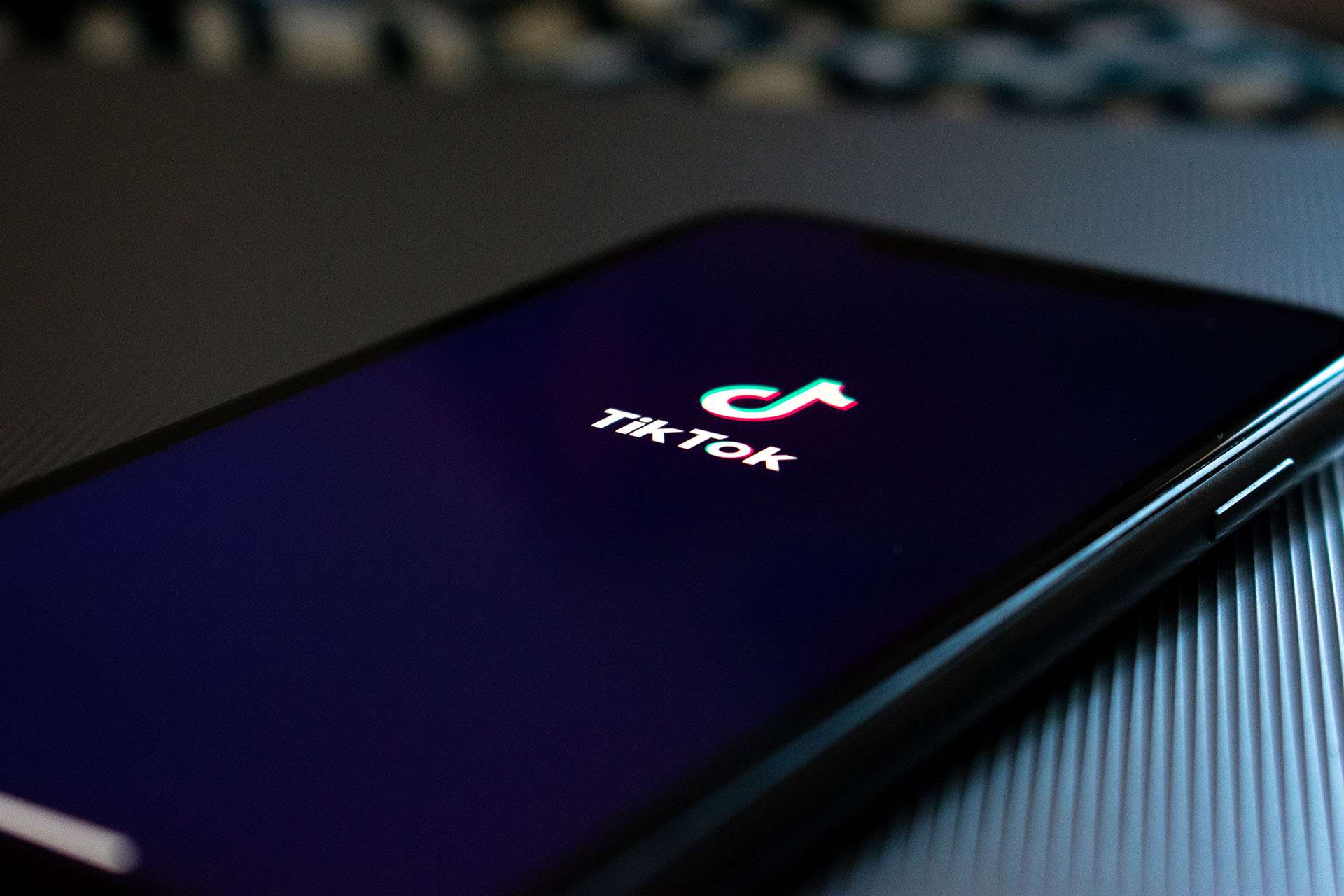Last week, the world watched in anticipation as Mark Zuckerberg announced a series of significant updates to his digital empire during his annual F8 keynote speech. Catie Allwright, Social Media Manager at Mobas, discusses the highlights from the developer conference in California (which was live streamed on Facebook) and the potential new opportunities for businesses utilising social media.
Zuckerberg refers to traditional social media activity (i.e. posting from a personal or company Page) as the ‘digital town square’, where people can publicly connect, interact and share content. It’s no secret that Facebook has been under fire for privacy issues, so it’s also no surprise that there’s been a shift towards more private spaces like Groups, Messenger, WhatsApp and Instagram Stories with private and ephemeral content that won’t linger online forever. Improved end-to-end encryption gives users additional peace of mind that their personal data and conversations are, truly, private.
This ‘digital living room’ is what the newly-designed Facebook app revolves around, with Events and Groups at its core for users to build engaged communities that extend beyond the app and into the real world. This is the biggest design update in years – and you might have noticed that the Facebook app is now primarily white, taking a step away from the traditional blue colour. The brand is definitely in need of a boost in its reputation, and maybe this is it.
But do these developments mean the end of public social spaces? In my opinion – no. Since I first made a Bebo account (circa 2006), social media has changed exponentially, riding the wave of advancements in wireless connectivity and smartphones. Whilst the types of interactions we have will inevitably continue to change (who remembers MySpace Bulletins and Facebook Pokes?), we’re inherently social – and nosey – creatures. Just look at the popularity of shows like Love Island and I’m A Celebrity (not to my taste, but that’s by the by); we can’t get enough of watching other people.
Whilst once upon a time we’d drag friends round to show them our holiday photo albums, and we’d read magazine articles about celebrities after they were ‘papped’ in the street, now we can share with everyone on our friends lists what we’ve been up to. We can be a part of our favourite musicians, footballers, actors and influencers’ lives for free through social media, particularly with the continuous rise of ‘live’ social like Instagram Stories. Not only that, but social media is a platform for aspiring ‘influencers’ to gain exposure, and is indeed responsible for the success of many musicians, artists, writers – and smaller businesses who can’t afford traditional marketing tactics like print advertising.
The beauty of social media is that we can stay connected with our distant relatives and old classmates, but we aren’t limited to just those people in our physical proximity or just those brands on our local high street. Social media allows us to find likeminded people and build friendships and communities around common interests like music, gaming, veganism and entertainment, or shared issues like political persuasions and local neighbourhoods (if you’re not in a Facebook Group for your hometown, there probably is one and it will mainly be people disgruntled about parking and roadworks – as well as titbits of useful information and local recommendations). Whilst these interactions might then move into private spaces like Groups and face-to-face events, social media provides a wealth of opportunity for people to connect with each other in myriad ways that aren’t possible anywhere else. And, by extension, brands can be a part of that experience too, regardless of whether they’re a small, local business or a global brand.
Instagram has also been given a lick of paint, and we might start to see the influencer bubble burst as less prominent likes are being tested (posts will soon say “liked by insidemobas and others”, as opposed to “liked by insidemobas and 12,345 others”). Brands can still see how many people have engaged with their posts, but it means that it won’t be as apparent to other users, and influencers will have to work a little harder to prove just how engaged their audiences are.
E-commerce brands rejoice, as Instagram Shopping continues to be high on the agenda, making it easier and easier for users to check out without ever leaving the platform. For FMCG products, at least, this will mean far simplified transactions. Those brands already having fun and engaging followers with Instagram Story ‘stickers’ like polls, Q&As, music, countdowns and GIFs now have some new toys to play with – namely quizzes and donation stickers. These can be used for competitions, gaining customer feedback and boosting CSR activities if it’s appropriate to your brand.
In other news, after seemingly knocking Snapchat out of the park with Instagram Stories and going head-on with YouTube with Facebook Watch, the digital monolith will next be tackling Skype through a desktop Messenger app that allows video calls, as well as Tinder with a Facebook dating feature. For tech lovers and brands, Oculus Rift S and Oculus Quest are now on the shelves – and will no doubt be the next ‘attention-grabber’ at trade shows and events for brands to immerse their audiences.
If you’re the owner of a digital communications platform, watch your back. If not, it’s time to put your slippers on and reflect on what opportunities the digital living room might offer your brand and your audiences.
If you’re looking to transform your approach to social media marketing, we’re here to help. We’ll put the kettle on.
